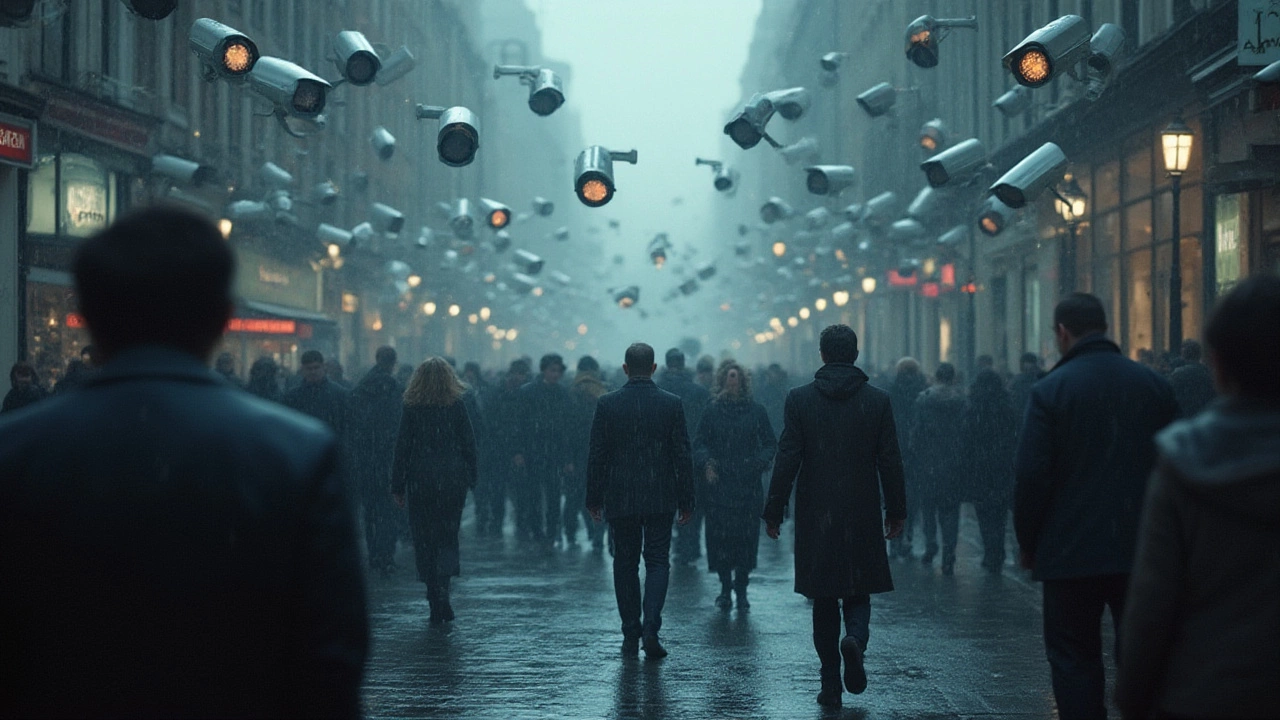If you’ve installed a security camera or a video doorbell, you’ve probably wondered how safe your footage really is. The truth is, many owners overlook privacy risks while focusing on keeping intruders out. From cameras pointing at neighbours to data that can be hacked, the issues are real and easy to fix. Below we’ll walk through the most common privacy mistakes and give you clear actions you can take today.
First, putting cameras where they record public spaces can land you in legal trouble. A camera aimed at a neighbour’s garden, a street, or a shared courtyard may breach privacy laws and cause disputes. Second, default passwords on Wi‑Fi cameras and smart doorbells are a goldmine for hackers. Many users never change the factory login, leaving the feed open to anyone who knows where to look.
Third, cloud storage plans often keep videos for months, even after you stop paying. You might think the footage disappears, but providers usually retain it until you delete it yourself. Fourth, baby monitors that use Wi‑Fi can be intercepted if the network isn’t secured, putting your family’s most private moments at risk. Finally, mixing multiple smart devices on the same network without proper segmentation gives a single breach the chance to spread across lights, locks, and cameras.
Start by reviewing where each camera sits. Aim them at private property only—your driveway, porch, or backyard. If a view includes a public sidewalk, tilt the lens or add a privacy shield. Next, change every default password to a strong, unique phrase. Use a mix of letters, numbers, and symbols, and enable two‑factor authentication if the device supports it.
Secure your Wi‑Fi network with WPA3 or at least WPA2‑AES, and give it a name that isn’t linked to you personally. Set up a guest network for visitors and keep your security devices on a separate VLAN if possible. Regularly check the storage settings on your cloud service; opt for automatic deletion after a short period, or download and store important clips locally.
For baby monitors, consider non‑Wi‑Fi models that transmit over radio frequencies, or make sure the Wi‑Fi version uses end‑to‑end encryption. Turn off remote viewing when you’re not using it, and keep the app updated to patch any security holes.
Finally, create a short privacy checklist and run through it after each new installation. Ask yourself: Am I recording public areas? Is the password strong? Is the network secure? By answering these questions, you’ll catch most issues before they become problems.
Privacy doesn’t have to be a headache. With a few quick adjustments, your security system can protect your home without exposing your life to strangers. Keep these tips handy, and enjoy the peace of mind that comes from a safe, smart setup.

Explore the hidden downsides of CCTV: privacy concerns, high costs, and hidden risks you probably haven't considered.